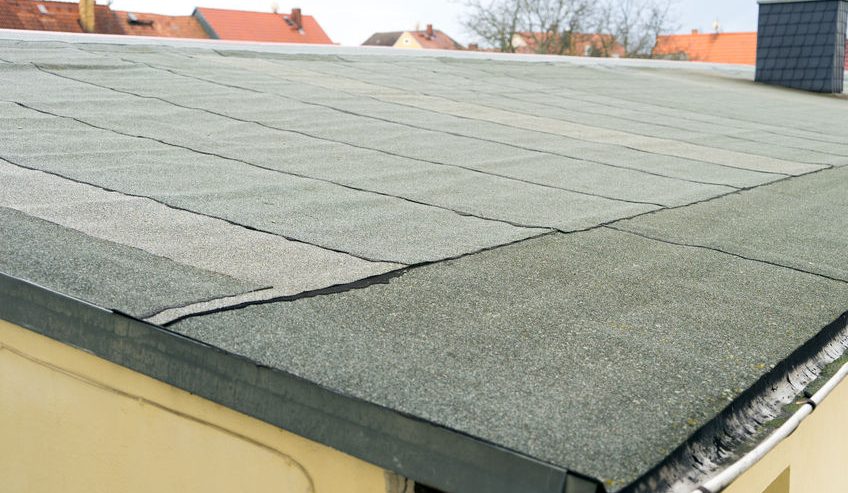Flat Roofing Material Options
Flat roofing has been growing in popularity in recent years. It is mostly applied to commercial structures, such as office buildings and warehouses, or outdoor sheds, but modern housing design even applies flat roofs to residential housing as well. The aesthetics of a flat roof are unique and impactful and say a great deal about the homeowner’s tastes and commitment to modern, sleek design. You would think that this would be one of the simpler kinds of roofing to apply, but the truth is the first thing you need to do is determine what kind of flat roof you want to lay down. Learn about the four different types of flat roofing material, their pros and cons and how a professional roofer can help you get the ideal roofing for your home.
Flat Roofing Material
There are three basic kinds of flat roofing material from which you can choose when taking on your new home construction or roofing renovation project. If you are unsure of which type is best for you, the best approach is to discuss the issue with a professional roofing contractor such as those you can find through ServiceWhale. These three varieties are:
• Built-up roofing
• Modified bitumen
• Rubber membrane
BUR: Built-Up Roofing
“Built-Up” or BUR Roofing refers to a type of roofing material that is comprised of several layers (usually at least three) of tar, gravel and waterproof materials. Originally, these roofs used tar paper, but newer versions make use of fiberglass and other more advanced materials. They are great for fire resistance and very attractive for the creation of rooftop decks. On the downside, they are heavy and sometimes require strengthening roof joists.
Modified Bitumen Roofs
Modified bitumen is a type of roofing that is a single layer roofing that is rolled out and forms a shield against ice and moisture based on a surface that is impregnated with minerals. There are two methods of application—torch-down, which uses heat to adhere the material, or the newer “peel and stick” methods. These are easy to install and exceptionally energy efficient, but can be prone to scuffing and tearing.
Rubber EPDM Membrane
EPDM stands for ethylene propylene diene monomer. This material is a strong rubber which looks a bit like an inner tube. It is specially designed to stand up to heat and environmental concerns and physical punishment. It can be secured through physical anchors, stone ballasting or glue. It is lightweight, resists scuffing and tears, and is easy to install. It is, however, prone to absorbing heat and is more expensive than other kinds of flat roof.
Choosing the right flat roofing material depends on a variety of factors. If you are not certain which kind of roof to use for your home, talking to a qualified roofer is your best bet. Take some time to check out ServiceWhale’s fast, fun and simple process for finding the best local top-rated roofing contractors, and log in to get started today!





Comments
Comments are disabled for this post